Finding a suitable flour alternative is not always easy, but the effort is well worth it because gluten-free recipes taste delicious and are healthier than regular bread.
Sorghum is a high-fiber, protein-rich grain, but it’s also fairly pricey and difficult to get in most grocery stores.
While some individuals enjoy the earthy flavor and texture of sorghum, others do not.
Fortunately, there are several alternative grains and flours that can be used to make bread, waffles, pancakes, or pasta without the need to purchase specialty flours online or from your local health food store.
Sorghum flour replacements that work well include xanthan gum, potato starch, buckwheat flour, almond flour, quinoa flour, chickpea flour, and others.
Continue reading to learn how to properly substitute these items in your recipes.
What Is Sorghum Flour?
Sorghum flour is a healthy, gluten-free alternative for people who cannot handle gluten. It’s made of ground sorghum.
As previously said, it is abundant in protein and fiber, which promotes good digestion and reduces hunger. As a result, it’s frequently included in gluten-free dishes to offer variety and protein.
This whole grain, also known as Jowar flour, has long been a mainstay in Africa and India. Sorghum is difficult to find in most supermarkets. It’s commonly available at health food stores or on Amazon.
The list below offers 11 alternatives that we discovered to be excellent substitutes for sorghum flour!
Best Substitutes For Sorghum Flour
1. Xanthan Gum
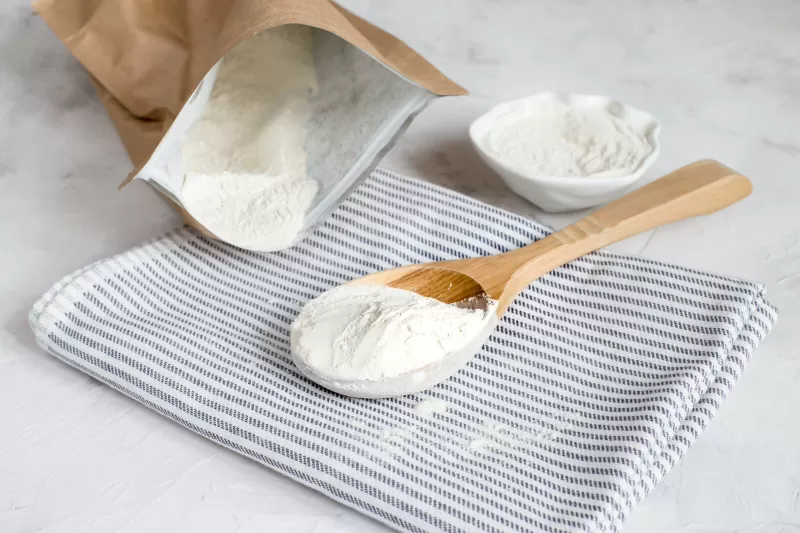
In some culinary preparations, xanthan gum serves the purpose of gluten replacement by acting as a thickener, stabilizer, and emulsifier. It is derived from starch.
When making dough or batter, it helps to keep the components together. Some true gluten-free breads contain xanthan gum to assist in providing texture.
The great thing about xanthan gum is that it is almost flavorless, so you can use it in almost any recipe.
Though it may not appear to be a sorghum flour alternative when considering its major use—thickening—xanthan gum may offer some texture and structure to bread or pasta dough if used in small quantities.
2. Potato Starch
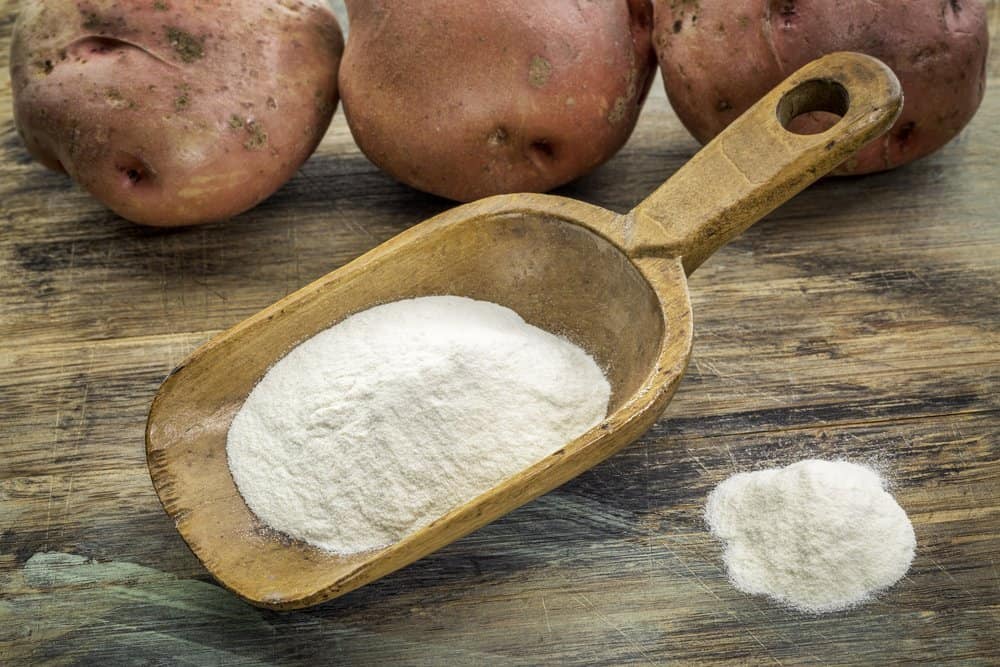
Potato starch, a gluten-free starch with a somewhat sweet flavor that is mostly used to thicken sauces and gravies, is an excellent sorghum flour replacement. It is often used to thicken puddings and pie fillings.
Some people use it as a replacement for corn starch in cooking. They can, however, be replaced with cornstarch, which is of equivalent quality.
Potato starch is produced from finely milled potatoes and is gluten-free. However, certain products may be marketed as “potato flour” rather than “starch.” It has a light texture that is ideal for baking. It is also useful as a thickener in sauces and casseroles.
3. Guar Gum
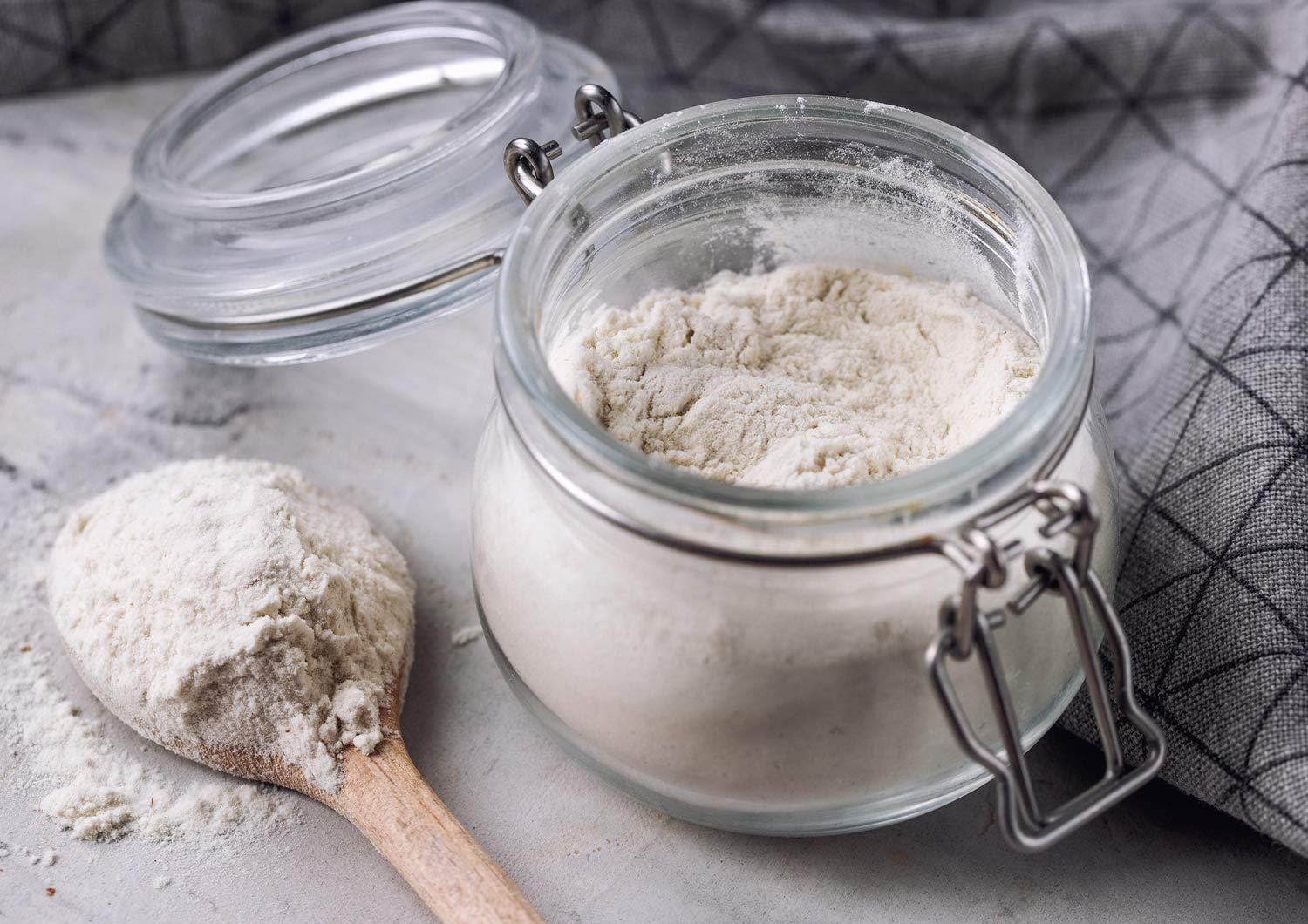
Guar gum (also known as guaran) is derived from the seeds of the guar plant, which is native to India. In gluten-free recipes, it is frequently used as a thickening agent or emulsifier.
Guar gum is used in baking to hold ingredients together and keep the mixture well blended. It helps in the rise of gluten-free baked goods, making them more similar to those made with wheat flour.
4. Tapioca Flour
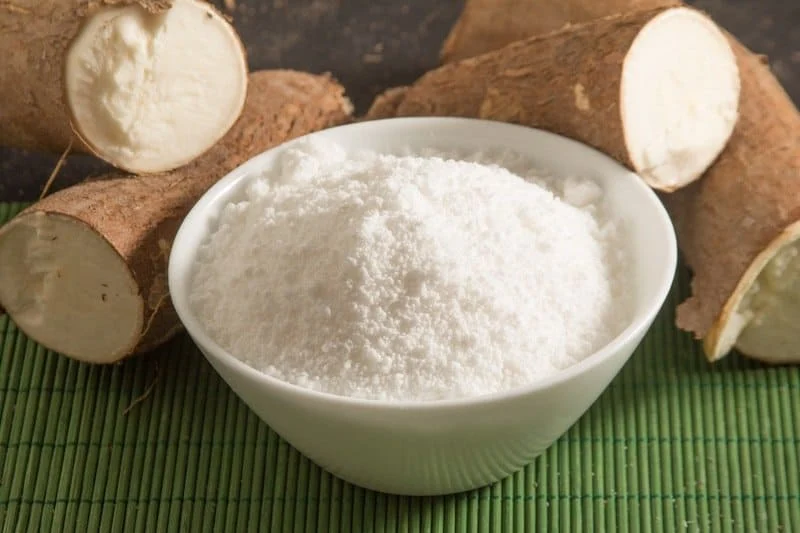
This gluten-free item derived from cassava root, also known as tapioca starch, is widely consumed in South America. If you wish to use tapioca flour in your cooking, one cup of tapioca flour equals two cups of cornstarch.
Tapioca is obtained from cassava root and is used in cooking as a thickener (much like potato or corn starch). It provides a creamy texture to foods and has a neutral taste.
5. Rice Flour
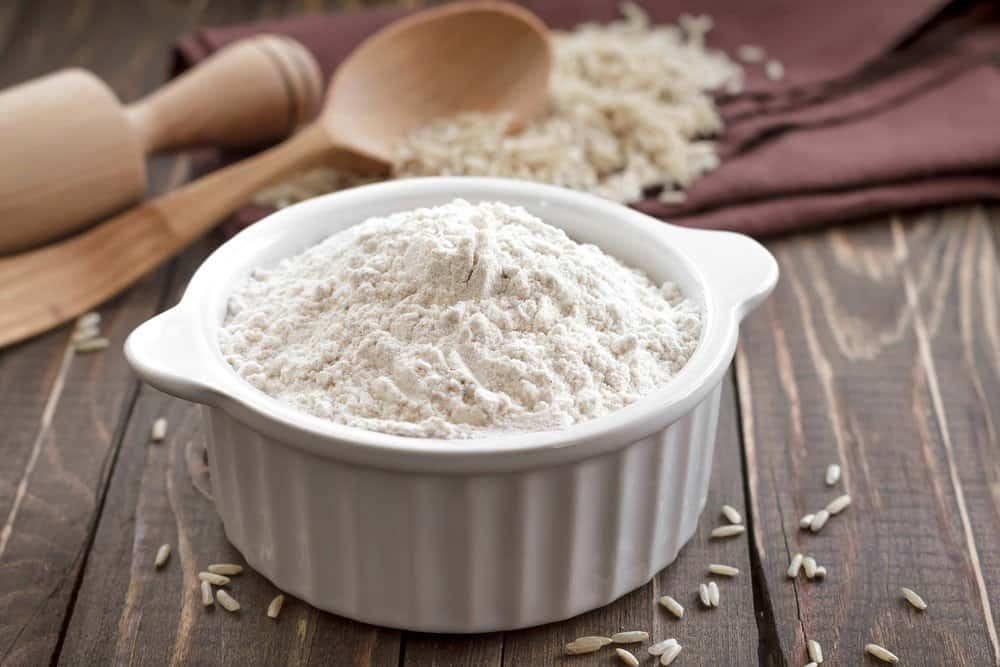
Rice flour (also called “rice powder”) is made by grinding rice into a fine powder and does not contain gluten. It’s commonly used to thicken sauces, soups, and gravies.
While rice flour is an excellent substitute for sorghum flour, it does not have the same nutritional profile as sorghum flour—it has less protein and fiber. It also does not provide the nutty flavor or texture that sorghum flour does to baked goods.
Rice flour can readily curdle in baking; therefore, it’s better to combine it with a liquid and use it in combination with another gluten-free flour.
6. Chickpea Flour
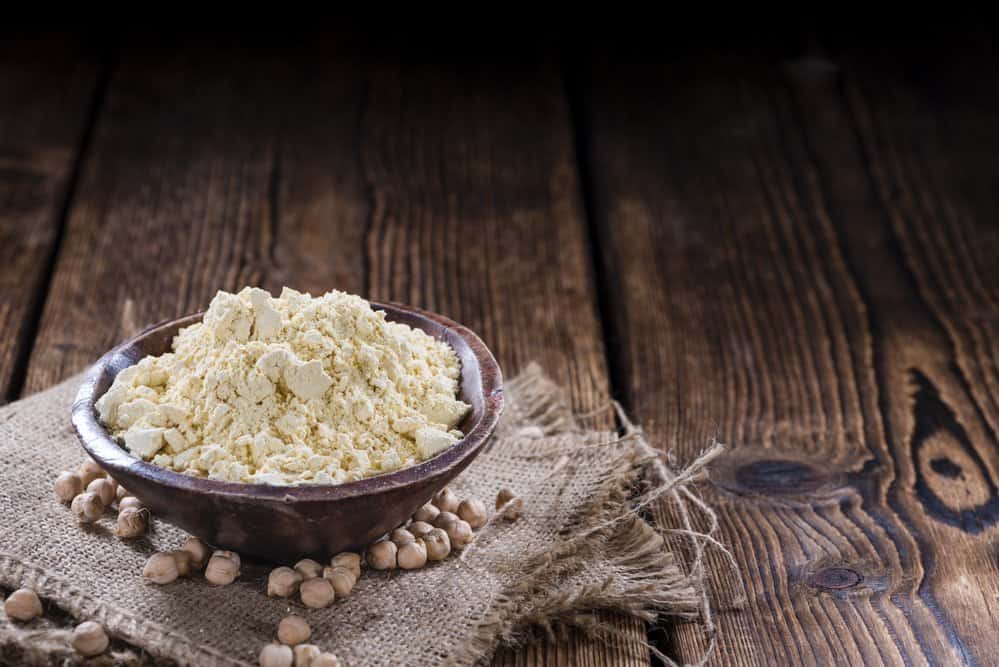
Chickpea flour, also known as garbanzo bean flour, is prepared from white beans that have been finely ground and is, as the name says, a very excellent source of protein.
If you’re looking for a gluten-free baking substitute, blanched chickpea flour is an excellent alternative to sorghum. It has a lot of protein and fiber. As a result, it is an excellent complement to baked goods. However, it isn’t a great thickening agent.
7. Quinoa Flour
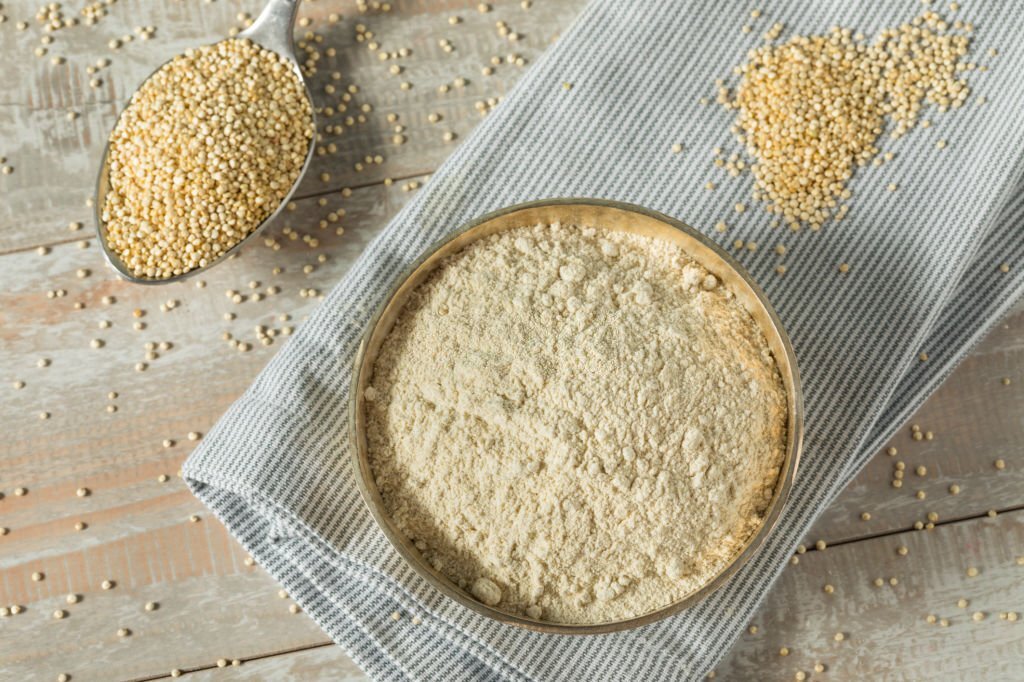
Quinoa flour is derived from finely milled quinoa and has a neutral flavor that complements baked goods well. Quinoa flour can also be used in baking (it’s not just for pancakes).
This gluten-free flour has a lot of protein and fiber.
Simply use it as you would sorghum flour: 3/4 cup sorghum flour = 1 cup quinoa flour.
8. Almond Flour
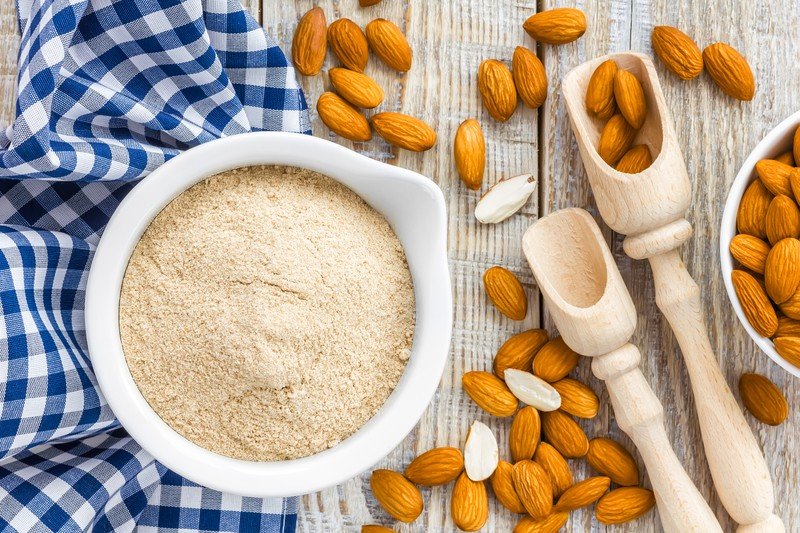
Almond flour (or almond meal) can be used as a replacement for sorghum flour in baking recipes, although it is more costly.
It is made from finely milled almonds and can substitute up to 25% of the wheat flour used in most recipes.
Some people substitute almond flour for other flours because it contains a greater amount of protein (approximately 20% to 30%) than most other gluten-free flours. It also contains a lot of fiber and vitamin E.
When it comes to baked goods, you don’t need to mix it with other flours to get a great result. It works well as flour in cookies, cakes, and pie crusts.
9. Coconut Flour
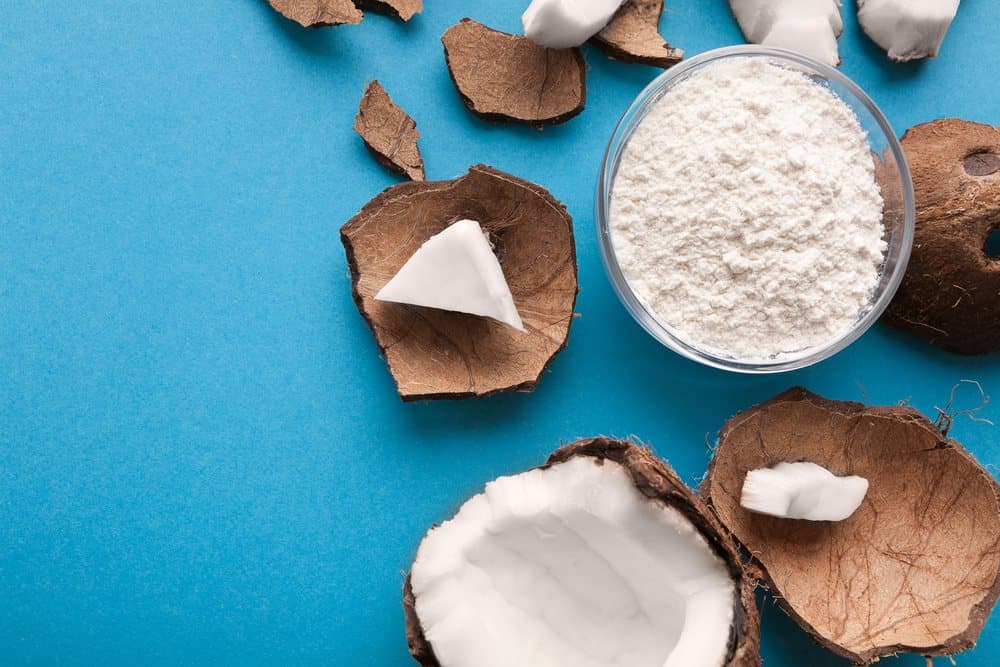
Coconut flour, which comes in a variety of textures, is a superfine flour produced from dried coconut flesh (fine, medium, or coarse).
You can use it as a thickening agent, and because it has a strong flavor, it blends nicely with other components in cooking.
Coconut flour is also high in fiber and protein, making it an excellent substitute for sorghum or other gluten-free flours.
When baking, it’s preferable to mix coconut flour with another gluten-free flour because it tends to dry up baked goods like cookies when used alone.
Simply substitute half a cup of sorghum flour for each cup called for in the recipe.
10. Buckwheat Flour
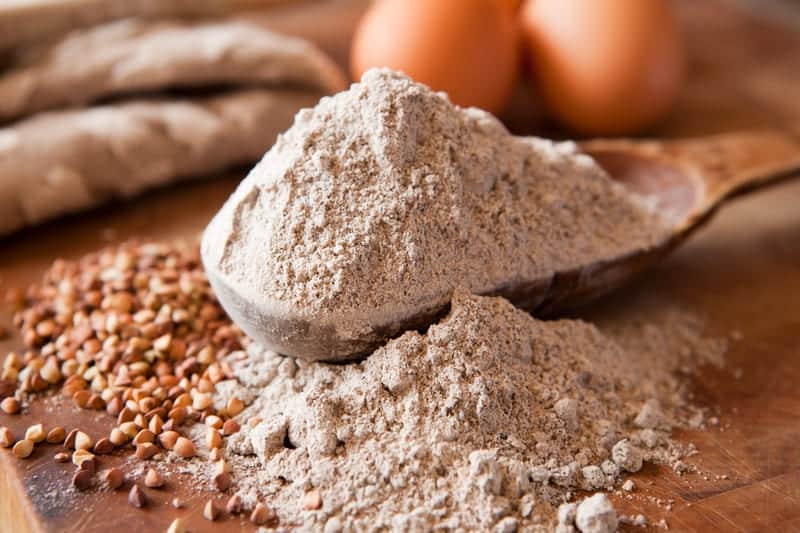
Buckwheat flour is a type of flour that does not include gluten. It is produced by grinding buckwheat groats, and the packaged product may refer to it as “buckwheat groats” rather than “flour.”
It gives a nutty taste to baked foods and is frequently used in the preparation of pancakes and other morning meals.
If you’re trying to avoid gluten, this flour is a great alternative to sorghum flour. Why? Because, like quinoa, it is classified as a pseudo-grain. That is, it is linked to grains but is not a grain.
Because buckwheat is excessively thick, it must be combined with other types of flour.
11. Teff Flour
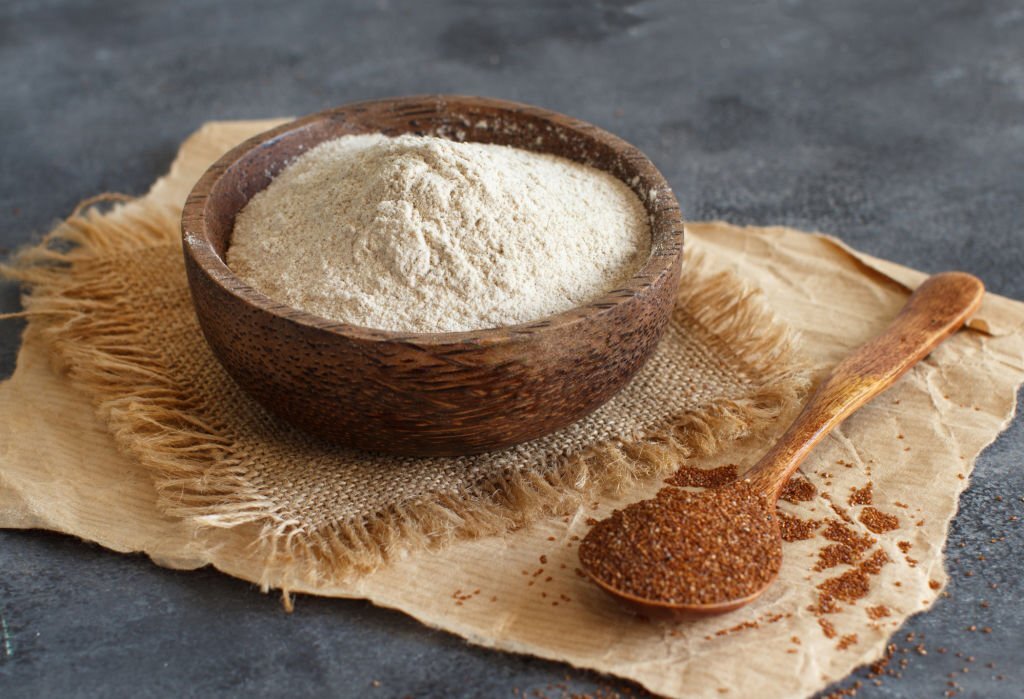
Teff is an ancient grain from Ethiopia that is used to make injera, a fermented flatbread.
It is manufactured from teff seeds that have been milled to a fine powder and is an excellent source of protein (upwards of 30%) as well as fiber.
It can be used as a thickener or in baking to make gluten-free baked goods.
Teff flour, on the other hand, can be pricey and is not easily available in supermarkets.
If you want to use teff flour, look for it at health food stores or online. One cup of sorghum flour equals around 3/4 cup of teff flour.
NOTE: When substituting homemade flours or alternatives for store-bought flours, test the recipe as you go to achieve the right consistency.
Frequently Asked Questions
What Does Sorghum Flour Taste Like?
Sorghum flour is well-known for its distinct taste. Not everyone enjoys the flavor of sorghum flour, but if you have a lot of experience eating whole grains, chances are you will.
It has a very earthy flavor that is mild and somewhat sweet (some would even call it nutty). Although it is not considered a sweet flour, the flavor is clearly noticeable.
It can also be cooked in many different ways, like being roasted, fried, broiled, grilled, or popped.
Sorghum flour is rarely branded as “sweet” or “unsweetened.” You’ll need to check the ingredient label for sugar; if it’s there, it’s been sweetened at some point (likely with cane sugar).
What Is Sorghum Flour Made Of?
Sorghum flour is produced from the sorghum cereal grain’s seeds. It is gluten-free and has a sweet, nutty flavor. The flour is available in three different textures: fine, medium, and coarse.
When compared to other gluten-free flours, it has a lighter color. It may even be white.
What Is Sorghum Flour Made Of?
Yes, sorghum flour is devoid of gluten. It includes no dangerous proteins that may trigger allergic responses in people who are gluten intolerant.
Is Sorghum Flour Keto-Friendly?
One of the few gluten-free flours that is unsuitable for use when following a ketogenic diet is sorghum flour. It is high in carbohydrates and low in protein. Sorghum flour contains far too many carbohydrates.
Last Words
Finally, we hope that this post has helped you learn about the many sorghum flour substitutes and how to utilize them in your recipes.
Whether you’re seeking gluten-free alternatives or simply a lower-carb alternative, this list of 11 flours has something for you!
What is your favorite sorghum flour substitute? Please leave your thoughts in the comments area below! Thank you so much for taking the time to read our blog today!



